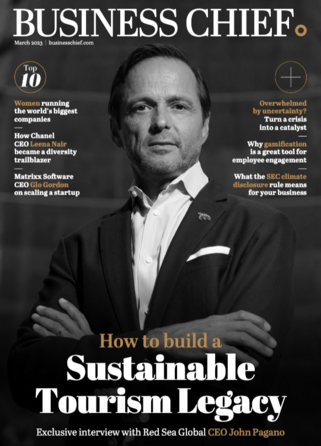Ola sees 70% rise in revenue

Indian ride-hailing company Ola has seen a 70% increase in revenue for the 2016/17 financial year, it has been announced.
Ola posted a revenue of $191mn (Rs1,286 crore) for 2016/17 compared to the previous financial year when the figure was just $113mn (Rs 758 crore). However, it should be noted that according to Live Mint the company posted a loss of $343mn (Rs2,313 crore) in FY 2015/6 and the current profit and loss figures have yet to be released.
See also:
Ola buys Foodpanda’s India business from Delivery Hero
Softbank, Tencent and others invest $2bn in Ola
Go-Jek to invest $500mn expanding into new markets
However, the increase in revenue does point to positive results for the company, which is owned by ANI Technologies, and suggests it is standing up to an increasingly competitive market. Over the past five years, Uber has expanded into India and the companies, which are both backed by Softbank, are unclear about which has the biggest market share in the world’s second most populous country.
Ola was founded in 2011 by Bhavish Aggarwal and Ankit Bhati. It is now one of the largest ride-hailing companies in the world. The company states it has 900,000 vehicles on the road serving millions of customers every day across 110 cities, with over 10mn driver-partners on its platform and over 6000 employees.
- SoftBank counter-offensive: investment potential in AILeadership & Strategy
- How Alibaba can bounce back after SoftBank's latest sell-offCorporate Finance
- SoftBank COO Claure leaves troubled global investment groupLeadership & Strategy
- Uber Eats India’s sale to Zomato part of wider trendTechnology



